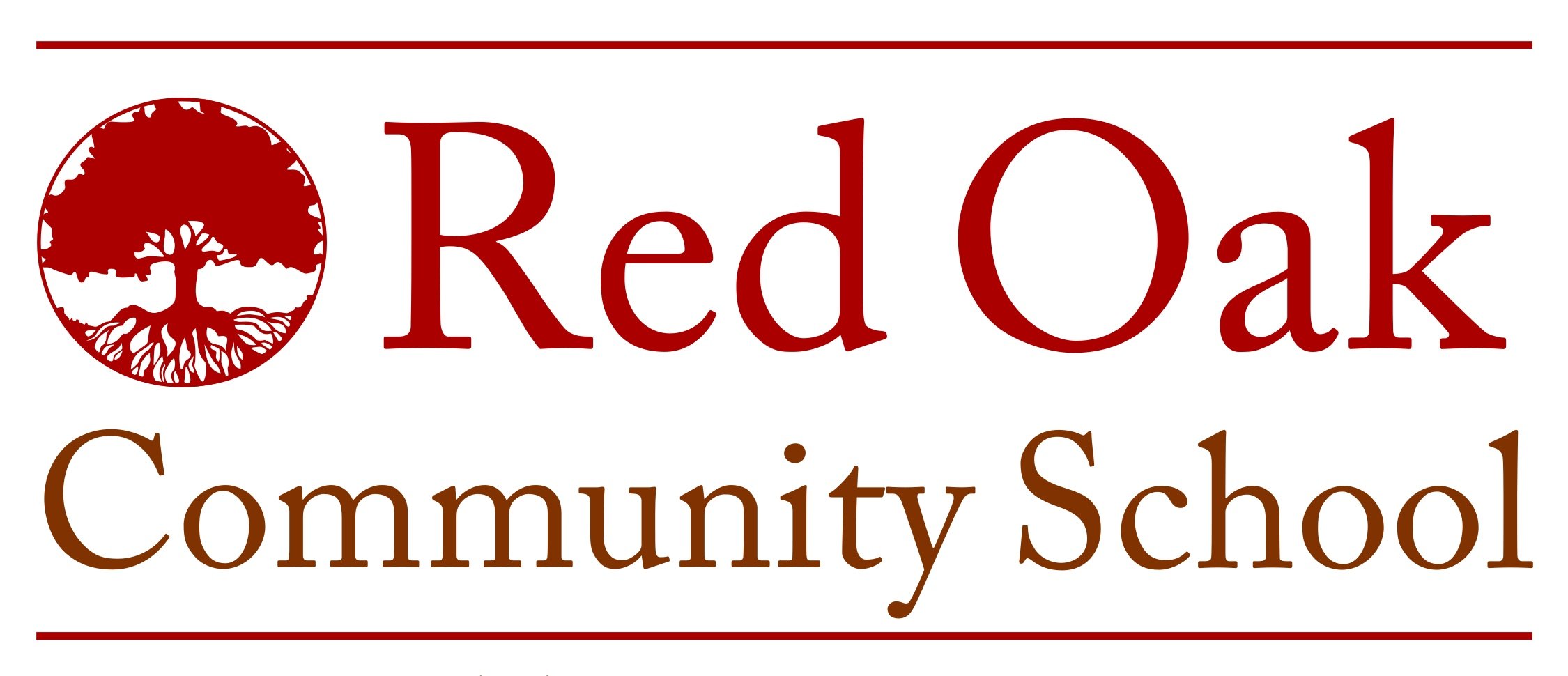The Beauty of Nature: Botanicum
Sarah Clement joined the Red Oak teaching crew this fall. She comes to us with a strong background in teaching, with an emphasis in the visual arts, and great knowledge and appreciation of the natural world, with an emphasis in herbalism. This post provides glimpses into her first lessons at ROCS. - Blog Editor
This fall the Cardinals and Hawks examined plants through the history of life; from the very first organisms in the water, to land adaption, to living fossils. They have taken a journey along the Tree of Life to discover how plants are different, from the macro viewpoint of millions (even billions) of years. I loved to see how they have taken to it! Each lesson we craft something to help us remember more about the plants we are discussing.
Our journey has thus far been based largely on Botanicum, a richly illustrated oversized book of plants from all over the world. We began with an introduction and definition of 'Botanicum' and the Tree of Life. At the base, are algae, which we drew and described with key points. From there they learned about bryophytes, using wooden beads on pipe cleaners to discover how hard nature works to produce spore-bearing sporophyte without vascular structure. Fungi had to be included here, though they are not plants. They were instrumental in getting life to establish on land. Everyone molded a specific fungi from the book out of modeling clay, some with fun names like “pixie cup,” “veiled lady,” and “leather goblet.”
Many of the students were fascinated by the different sizes of the plants we've discussed. From the microscopic algae to the towering giant horsetails 370 million years ago that are today are only 3 feet tall.
It seemed that our lessons on carboniferous forests went longer than others but perhaps it is only because everyone enjoyed talking about this one so much. Creating our own carboniferous trees from paper gave us the freedom to be creative and have fun while incorporating fine motor with problem solving skills. Every class had ideas on how to create these early trees and giant ferns, ranging from paper models and pattern block building, to drawing in journals.
We can see living fossils in our own community, trees that were around 250 million years ago - gingko biloba - Gingkos. To my surprise, our conversation around these trees didn't focus on the stinky seeds of the female tree, but the type of reproductive habit it has. Gingko is a gymnosperm, like coniferous trees, both which prompted jokes about the gym and strong sperm. Our project focused on the parallel veins of the ginkgo leaf and talk about how it is unique from other trees. We documented these observations in the form of festive ginkgo leaf 'stained glass' foil art.




